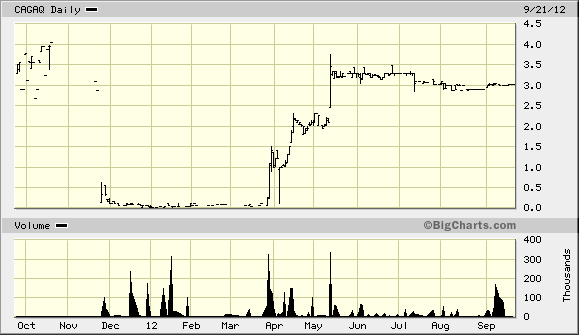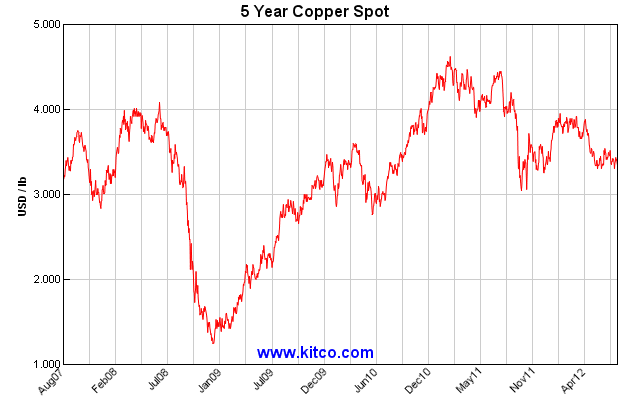Fraud Study
Readers shared this
GOLD.… A lot of people dumped their life savings into this Genneva Scheme. Quite a number of them are so pissed off with our (Malaysia) Central Bank that they’re planning to hold protests.
http://jeenhao.com/precious-metal-investment/genneva-gold-investment-scheme-legit-or-scam/
The Mad Max of Wall Street or Tony Elgindy http://en.wikipedia.org/wiki/Anthony_Elgindy at (Greed Alert) http://www.hulu.com/#!watch/166191. The video is a documentary on pump and dumps. There are lessons here.
If you expect help from the SEC, then guess again. A farce:Case Study in Ineptitude_SEC investigation into Madoff
TARP Warrants (Pabrai’s Third Qtr. 2012 Letter)
In the fall on 2008, in the wake of the greatest financial crisis in over three quarters of a century, the United States Congress approved and President Bush signed into law the Troubled Asset Relief Program. TARP allowed the US Treasury to invest $700 billion in “troubled assets”. Treasury Secretary Paulson used to program to inject equity into troubled banks.
In return for the much-needed equity infusion, the banks issued preferred stock to the US Treasury and supplemented them with warrants as an additional kicker. As warrants go, these TARP Warrants are highly unusual and heavily favor the investor (over the issuer).
Over the last few quarters, the US Treasury has been a seller of these warrants and many of them trade like stocks. In addition TARP-like warrants were issued by the likes of AIG and General Motors as part of their bailouts. It is clear from reading the fine print on the TARP warrants that the documents were prepared by treasury staff. The institutions were pretty much told where to sign.
Take the example of the GM Class B Warrants. Besides the US Government, GM creditors got some of these warrants in lieu of their claims in bankruptcy court. A single GM Class B Warrant gives one the right to acquire one share of GM stock at a price of $18.33 anytime until July 10, 2019. In addition, the exercise price gets adjusted downward if there are dividends or stock splits. The dividend adjustment is an unusual feature and very much pro-investor. These warrants were issued with a ten-year life which is also unusual.
GM stock (which Pabrai Funds owns) is presently changing hands at around $24.45/share. The Class B Warrants are also publicly traded and can be bought for about $9.40/warrant. The warrant is $6.12 in the money. If one has a view that GM is significantly undervalued, the warrant is likely to yield a higher return.
For example, if GM were to trade at $50, $75 or $100 in 2019, an investor in GM stock would end up with a gross return of 105%, 207% or 309%, respectively. An investor in the warrant would end up with a return of 137%, 503% and 770%, respectively. Once GM gets past $30, the warrant delivers a higher return. Of course, should GM languish below $29, holding the stock would be a better bet.
http://www.gm.com/company/investors/FAQs/Warrants.html
https://www.mlcguctrust.com/Page.aspx?Name=Home
Comments from csinvestor.org
GM is not a franchise nor a good business—no competitive advantages, high capital intensity, variable demand, and intense competition. However, for those who seek cheap assets, you might study this.
GM has emerged from bankruptcy with $79 million less debt and about $47.2 billion of deferred tax assets before valuation allowances. The market is unhappy with GM’s exposure (18% of sales) to Europe and thus prices GM at 5 or 6 times the 2013 earnings estimate, and at 2 times EV to EBITDA. Last year GM reported sales of 150.3 billion, adjusted EBIT of $8.3 billion and $4.58 billion of diluted earnings per share of 1.8 billion fully diluted shares (conversion of the convertible preferred).
Grants (August 10, 2012, www.grantspub.com) estimates an enterprise value of $21.66 (try to figure this out by subtracting net operating losses, GM Financial, Chinese joint ventures, $28.6 billion in cash and the stake in Ally Financial. “Core” operating GM produces $12 billion in EBITDA so compare this to 3.5 times EV-to-EBITDA of Magna International and Delphi.
Those figures may be off, but these post bankruptcies may be interesting if priced for bad news. Be aware that his is a mediocre business with a much better balance sheet and a tax sheltered income stream. 2 times EV to EBITDA may seem cheap but GM has huge maintenance capex needs and low return on assets based on its past historical performance—pre-bankruptcy.
See more here: GM_VL












